- Home
- TV History
- Network Studios History
- Cameras
- Archives
- Viewseum
- About / Comments
Skip to content
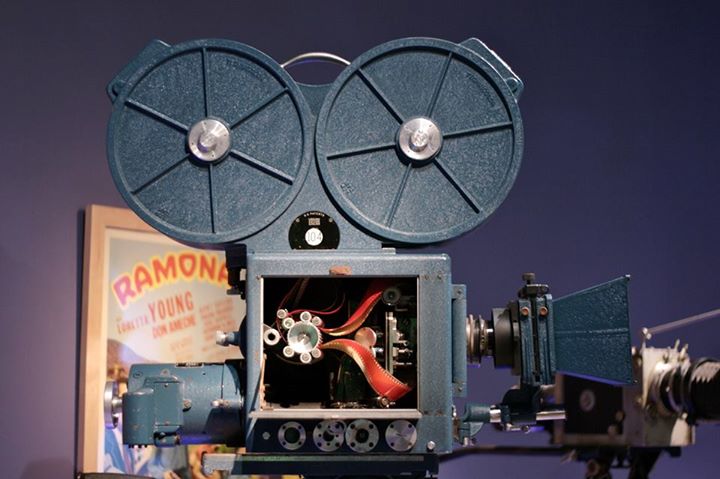



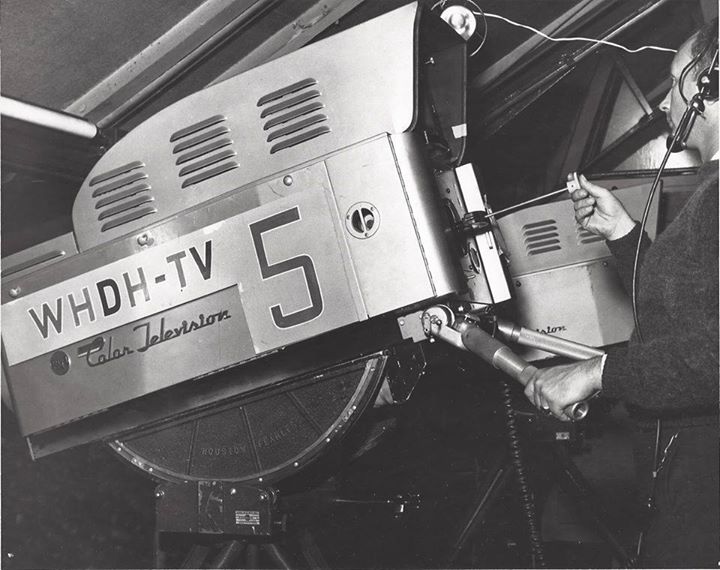

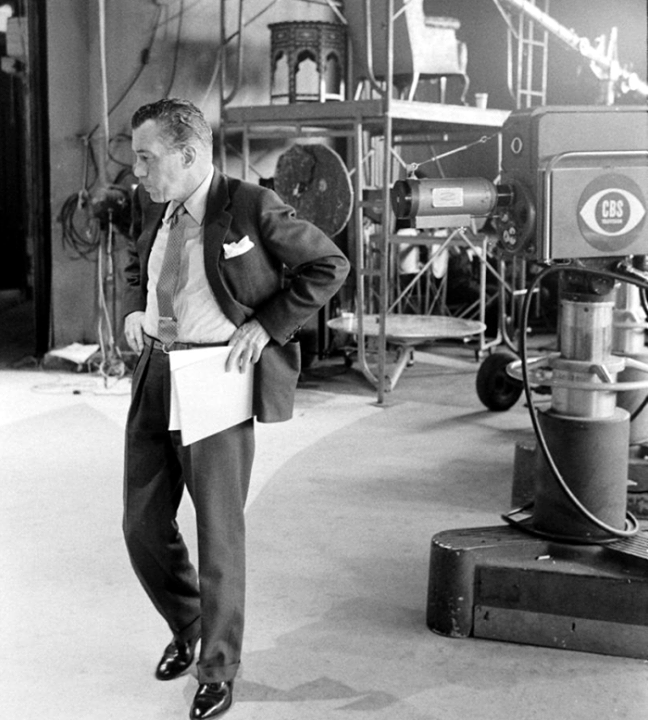



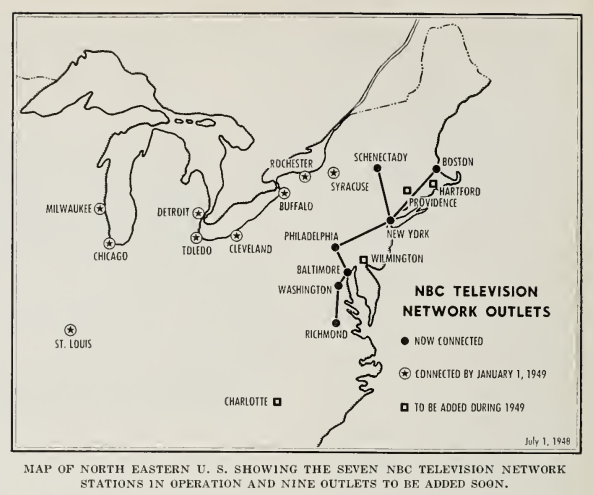

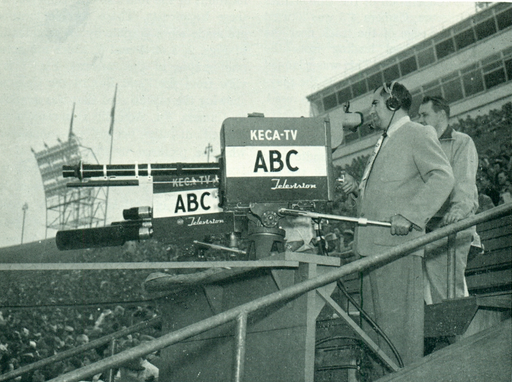



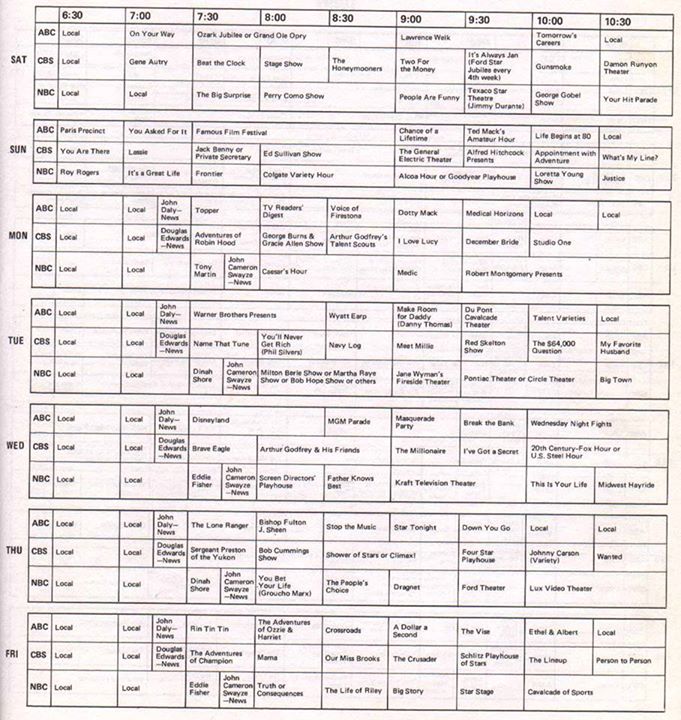







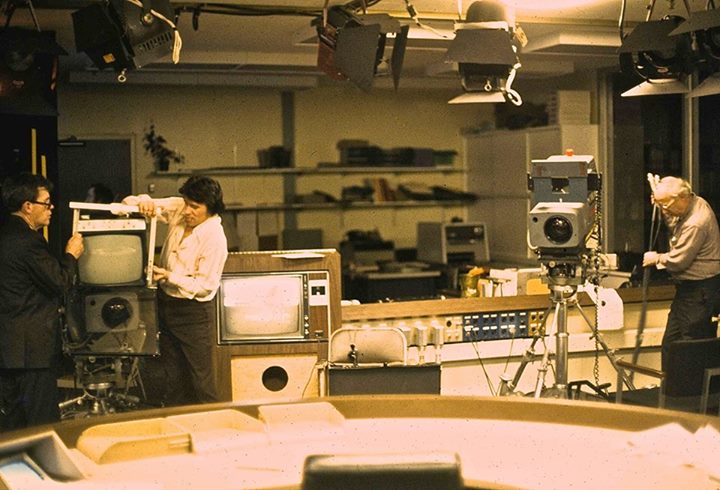




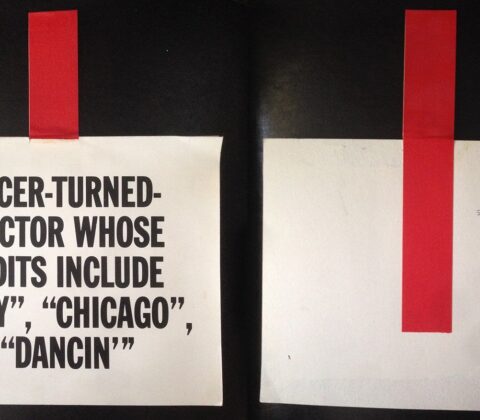




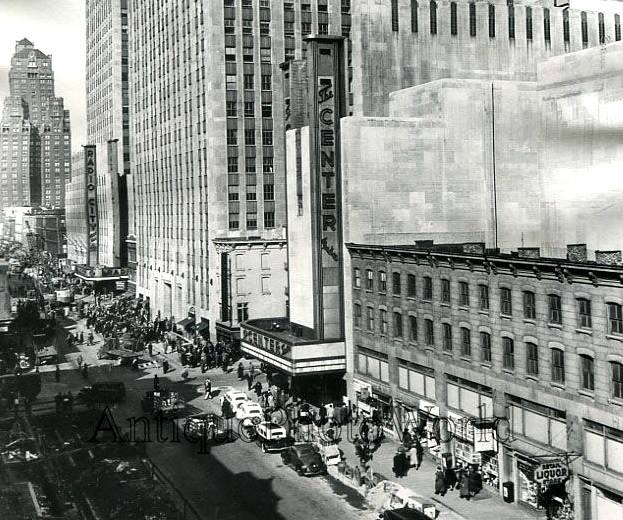



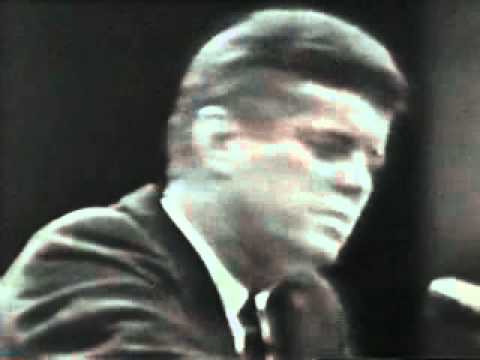

Posts in Category: TV History
Page 33 of 136
« Previous
1
2
3
4
5
6
7
8
9
10
11
12
13
14
15
16
17
18
19
20
21
22
23
24
25
26
27
28
29
30
31
32
33
34
35
36
37
38
39
40
41
42
43
44
45
46
47
48
49
50
51
52
53
54
55
56
57
58
59
60
61
62
63
64
65
66
67
68
69
70
71
72
73
74
75
76
77
78
79
80
81
82
83
84
85
86
87
88
89
90
91
92
93
94
95
96
97
98
99
100
101
102
103
104
105
106
107
108
109
110
111
112
113
114
115
116
117
118
119
120
121
122
123
124
125
126
127
128
129
130
131
132
133
134
135
136
Next » TeleTales #37…Three Strip Technicolor; How It Was Done
On January 29, 2015
- TV History
TeleTales #37…Three Strip Technicolor; How It Was Done
http://www.digital-intermediate.co.uk/examples/3strip/technicolor.htm
At the link is the best description and detail I have ever seen on this landmark color technology. It’s a well written article that’s not overly technical. “Gone With The Wind” and “The Wizard Of Oz” were some of the fist big films to use this new process. Enjoy and share! -Bobby Ellerbee
ABC Election Coverage, November 1980, Studio TV 2 New York
On January 29, 2015
- TV History
ABC Election Coverage, November 1980, Studio TV 2 New York
Here are a dozen or so great pictures from John Schmidt of the election set. The candidates were incumbent Jimmy Carter, Ronald Reagan and Independent John Anderson. In some of these, you can see reporters Frank Reynolds, Ted Koppel, Max Robinson and Barbara Walters.
The cameras are shooting toward the back of TV 2 and the white wall behind the cameras is the door that separates TV 1 and TV 2. In one of these, the door is up. Our friend Bob Franklin at ABC wanted to see some of his old friends, and Ryan Balton mentioned his dad, Bruce was on the crane in some of these elections.
Please help identify people, places and equipment as you click through these. I know there are some rare goodies in the graphics, audio and control room shots. Enjoy and Share! -Bobby Ellerbee
TeleTales #35…Oldest Complete MLB Color Broadcast, 1967
On January 28, 2015
- TV History
TeleTales #35…Oldest Complete MLB Color Broadcast, 1967
Hopefully this will bring some warmth our friends in Boston!
Above is the September 30, 1967 game between Boston and Minnesota at Fenway Park. This was one of the closest pennant races in the American League ever with the Twins one game ahead of Boston and Detroit on the last weekend of the season.
The game was covered by WHDH with RCA TK41s. At the start, you can see Boston’s mayor with VP Hubert Humphrey from Minnesota, Senator Ted Kennedy and what looks like Sen. Mike Mansfield from Montana, who was Senate Majority Leader at the time. Thanks to Alec Cumming for sharing this. Enjoy and share! -Bobby Ellerbee
TeleTales #34…Speaking Of CBS Studio 50
On January 28, 2015
- TV History
TeleTales #34…Speaking Of CBS Studio 50
Earlier today, we saw this same stage in the story of Elvis Presley’s first network television appearance on this day in 1956.
Here’s a great shot of Ed Sullivan in the theater now named after him. Behind him is a scaffold with a camera up top, but with space so tight on this stage, some of the props for each broadcast were kept here for easy access. You can see the layout, production and technical information of Studio 50 in these other three pages. Thanks to Gady Reinhold for this info from the CBS 1960 Production book. Notice the Zoomar on the RCA TK11. Enjoy and share! -Bobby Ellerbee
TeleTales #33…A Stunning Piece Of Real Television History
On January 28, 2015
- TV History
TeleTales #33…A Stunning Piece Of Real Television History
Stunning? How so? If you think back on all the years of color test broadcasts in the early 1950s, including NBC’s coast to coast colorcast of the Rose Parade on January 1, 1954, you suddenly realize that no one could see it! Well…all but a few.
If you wonder why they did all that color testing without the public being able to see it, the reason lies in this term “compatible color”.
RCA and NBC had to make sure their Dot Sequential System of color was also sharp and clear in black and white, as well as color. It was also a test for the stations that had installed the color transmitters.
There is a most excellent timeline of NBC color history here at Ed Reitan’s great site. http://edreitan.com/rca-nbc_firsts.html
For the Rose Parade, RCA had built about 200 color receivers that were shipped to the 21 markets that had color capable stations for the broadcast. In each of the 21 markets, the receivers were on display at local dealers where large crowds came to watch.
By the way, when I say “color capable stations”, I mean they were only able to broadcast color programs that came in from NBC. The first shipments of live TK40 color cameras and studio equipment from RCA began on March 4, 1954, just 21 days before this announcement of the start of production on the granddaddy of color sets, the CT 100. Enjoy and share! -Bobby Ellerbee
NBC Television Network: July 1, 1948
On January 28, 2015
- TV History
NBC Television Network: July 1, 1948
For a bit of perspective on how much things have changed, here is a map of NBC’s network in the middle of 1948. At the time, there were only seven stations, with nine to be added in 1949.
Of course the NBC Radio network was much bigger and was coast to coast, but AT&T was the driving force in where and when television could go. TV took coaxial cables or microwave relays and all that had to be built or laid. Enjoy and share! -Bobby Ellerbee
TeleTales #31…Covering Football In 1949 vs Now
On January 28, 2015
- TV History
TeleTales #31…Covering Football In 1949 vs Now
With the Super Bowl looming, take a look at the difference in camera placements with 53 cameras in use this year. Below you’ll see the placement of the 4 RCA TK30s ABC used to cover a game at The Los Angeles Coliseum in 1949.
My how times have changed! Enjoy and share! -Bobby Ellerbee
January 28, 1956…Elvis Makes His First Network TV Appearance
On January 28, 2015
- TV History
January 28, 1956…Elvis Makes His First Network TV Appearance
http://www.elvispresleymusic.com.au/pictures/1956_january_28.html
When Jackie Gleason brought his half hour, filmed version of “The Honeymooners” to CBS in the 1955-56 season, he decided to produce the half hour lead in show too. For that, he chose The Dorsey Brothers, Jimmy and Tommy, with their great bands, and called the production “Stage Show”.
Like the live Gleason shows of the past and future seasons, it originated at CBS Studio 50…now called The Ed Sullivan Theater.
On this particular Saturday night, Elvis Presley made his first ever network television appearance and you can see this rare performance at the link above. This is a photo from that night and CBS legend Pat McBride is behind the camera.
Elvis was paid $1,250 for each of the six ‘Stage Shows’ on which he appeared. Enjoy and share! -Bobby Ellerbee
TeleTales #30…1955 Prime Time Schedule
On January 27, 2015
- TV History
TeleTales #30…1955 Prime Time Schedule
In February of 1955, The Dumont Network ceased to exist and that left the Big Three…ABC, CBS and NBC. Here’s a look at what was on back then. Interesting that ABC and CBS ran their 15 minute network news shows at 7:15 while NBC stuck to it’s original 7:45 time.
Almost everything here was done from New York or on film, but I see a few live shows from Hollywood here…the 15 minute “Dinah Shore Show” was form KNBH, “The Red Skelton Show” was from Television City. The Johnny Carson variety show was from KNXT and “The Colgate Variety Hour” alternated between NYC and LA. Enjoy and share! -Bobby Ellerbee
TeleTales #29…The First Handheld Color Camera Use, ABC
On January 27, 2015
- TV History
TeleTales #29…The First Handheld Color Camera Use, ABC
At the link is a clip from November 11, 1967 showing the camera in use by ABC at the UCLA – USC game in Los Angeles.
ABC had modified the Ampex creation which, as seen below, was meant to include their portable VR 3000 video tape recorder. Instead, they have taken the case and put a modified camera control unit in the backpack and cabled it to the truck. Later, they came up with a small wireless transmitter for the Ampex rig. Enjoy and share! -Bobby Ellerbee
TeleTales #28…Speaking Of ABC News
On January 27, 2015
- TV History
TeleTales #28…Speaking Of ABC News
Here’s the an election set in Studio TV 2 at ABC New York with Peter Jennings down front. The evening news show comes from TV 3. Enjoy and share! -Bobby Ellerbee
TeleTales #27…Ted Koppel At ABC Washington
On January 27, 2015
- TV History
TeleTales #27…Ted Koppel At ABC Washington
Did you know he was born in England and was 13 when his family moved to the US? Koppel had a brief stint as a teacher before being hired as a copyboy at WMCA Radio in New York. In June 1963, he became the youngest correspondent ever hired by ABC Radio News, working on the daily Flair Reports program.
In 1966, Koppel worked for ABC Television as a war correspondent during the Vietnam War. He returned in 1968 to cover the campaign of Richard Nixon, before becoming Hong Kong bureau chief, and US State Department correspondent.
I think this picture is from the early 80s. The camera is an Ikegami HK 312 E model. The big bulge on the side is the new Triax adapter. Enjoy and share! -Bobby Ellerbee
The View From Walter Cronkite’s News Desk…Ultra Rare!
On January 27, 2015
- TV History
The View From Walter Cronkite’s News Desk…Ultra Rare!
By request, here is a shot you’ll only find here. Thanks to Glenn Mack, this is a look at what Walter Cronkite looked out on from behind his desk in what was then, CBS Studio 33.
I think the engineers are removing older style prompters and replacing them with a newer version on the two Norelcos in the studio. The camera on the right is mounted on a rare German made movie camera tripod…the only one I know of with the ability to be raised and lowered on the fly, but not on camera. I think this is 1973. Enjoy and share! -Bobby Ellerbee
Leonard Goldenson Built Tiny ABC Into Daring Winner
On January 27, 2015
- TV History
A Rare Article On Leonard Goldneson…Driving Force At ABC
You don’t hear much about this man, but to do what he did, you have to be a pretty sharp cookie. Here a three page look at his leadership of ABC from yesterday’s Investor’s Business Daily. -Bobby Ellerbee
Leonard Goldenson Built Tiny ABC Into Daring Winner
Although overshadowed in the public eye by William Paley of CBS and David Sarnoff of NBC, Leonard Goldenson raised struggling ABC to parity with the two big networks.


“Jeopardy!”…Behind The Scenes Game Board
On January 26, 2015
- TV History
In the bottom photo, we see the back of the game board in NBC Studio 8G, which is game board unit C. I think there were at least three game boards, units A, B and C which were loaded before the show and wheeled into place as the show progressed. On the set there was a curtain that covered the board.
Notice the white cloth tabs on the back of each door: those were used to pull the $ amount card out of the way to reveal the question card. Above is the question card and all of the heavy paper cards in the squares had red cloth tabs attached to the top of them. When a contestant picked a subject and then a $ amount, the stagehand behind the board grabbed the small wooden handle at the top of the metal door and pulled the top back slightly, grabbed the tab and pulled the white tab to remove the $ amount card and expose the question card.
The back of the door was spring loaded and snapped back holding the question card in place. After the question was answered, that question card was removed leaving a solid blue one in its place. Thanks to Glenn Mack for the photos and to Mark Ogden for the workings of the board. Enjoy and share! -Bobby Ellerbee
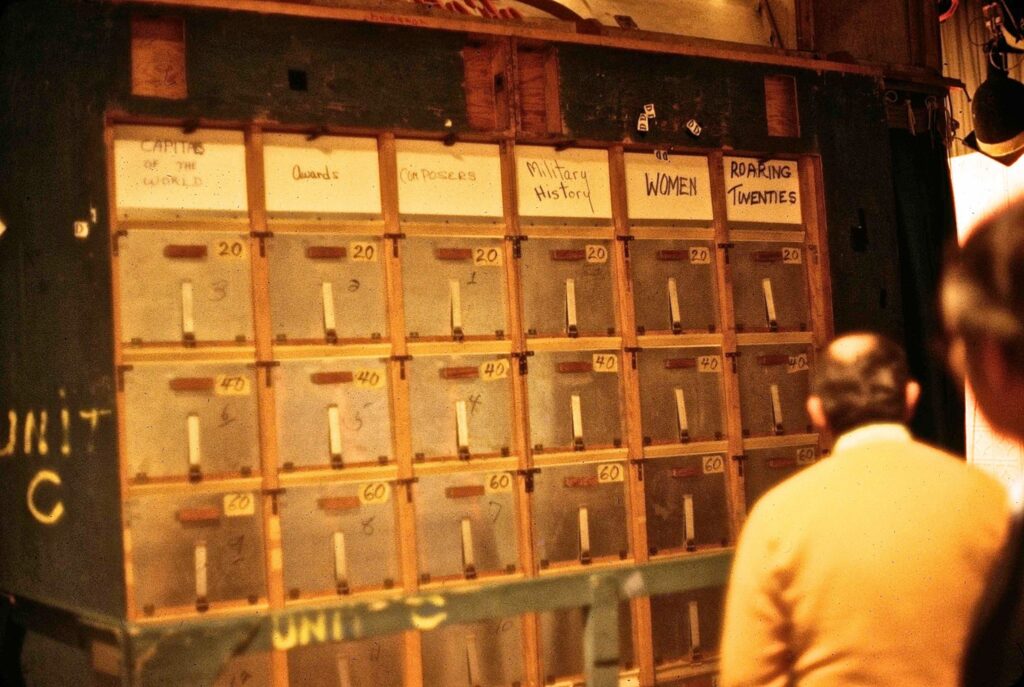
By Request…Game Show Pictures #2: “Jeopardy!”
On January 26, 2015
- TV History
By Request…Game Show Pictures #2: “Jeopardy!”
From it’s start in 1964 till 1973, the show came from NBC Studio 8G which is seen here. The last year of so of the show came from 6A as seen in today’s first post. Thanks to Glenn Mack for the photo. Enjoy and share! -Bobby Ellerbee
Hurley’s Bar a/k/a….”NBC Studio 1H”
On January 25, 2015
- TV History
As you can see in the photo below, Hurley’s Bar (which opened in 1892) was just a half a block away from NBC’s studio entrance, making it the nearest watering hole for everyone from stars to stage hands. It became the favorite for radio, television, newspaper and sports celebrities as well as tourists and midtown workers.
The old-fashioned saloon atmosphere, as well as the convenient location in Rockefeller Center, made Hurley’s a favorite. Liz Trotta noted “You never knew who would be standing next to your lifting elbow at Hurley’s. Jason Robards, Jonathan Winters, jazz musicians from the local clubs and the ‘Tonight’ show, starlets, football players, the lot.”
Johnny Carson made the Hurley name nationally familiar while he did his show live from Rockefeller Center. It was the bar in all of his Ed McMahon drinking jokes. David Letterman did several on-air visits to the bar. NBC technicians haunted the place so regularly that among themselves it was known as Studio 1-H.
Hurley’s was known as a place where status was left at the door. Mayor John Lindsay stopped in once, only to be hissed by the patrons. When Henry Kissinger and two bodyguards got noisy, they were ejected by the bartender “for rowdy behavior.”
But this is only half of a great “David & Goliath” story.
The bar had been here since 1892 and had always done well, even during prohibition when a florist shop was used to disguise the bar and it’s new back door.
In 1930, John D. Rockefeller, Jr. had begun aggressively buying up a staggering twenty-two acres of midtown property, right in the middle of Fifth Avenue’s most exclusive district, for a seemingly implausible project: Rockefeller Center. One by one he purchased buildings from Fifth to Sixth Avenue between 48th and 51st Streets. In the stranglehold of the Great Depression, none but the city’s wealthiest property owners could resist the offer to convert real estate to cash.
None except John F. Maxwell, grandson of John F. Boronowsky who owned the three story building at the opposite end of the block from Hurley’s and, of course, the feisty Irishmen themselves. In June 1931 Maxwell sent word to Rockefeller that he would not sell “at any price.”
Construction had already began on the gargantuan Art Deco complex of nineteen buildings on May 17, 1930. The block of 49th to 50th Streets, Sixth Avenue to 5th Avenue was eventually demolished, leaving only the two brick Victorian buildings standing on opposite corners of a devastated landscape.
The RCA Building—70 stories tall—rose around Hurley’s, diminishing the bar building only in height. But nothing in New York City is permanent and in 1979 Hurley Brothers and Daly was sold. Journalist William Safire spoke for New Yorkers in an article mourning the loss. The mahogany bar was removed to a Third Avenue restaurant and, as Nancy Arum wrote in her letter to New York Magazine that year “a pretend old-fashioned bar now stands where the real old-fashioned bar once was.”
The pretend old-fashioned bar took the name Hurley’s and, most likely, tourists never noticed the change. But proximity, tradition, or habit still brought the Rockefeller Center workers and celebrities into the bar until September 2, 1999. That night owner Adrien Barbey served the last glass of beer in the bar that had stood at Sixth Avenue and 49th Street for 102 years.
Today, Hurley’s is a bakery and the building at the other end of the block is a 9 West store. The 1931 photo on the right shows 6th Avenue with it’s elevated train (yellow). Hurely’s is in the red circle and 46th Street is in aqua. The other building left standing on the 6th Avenue corner is the space that is now a 9 West store. The 11 story NBC studio building is just behind Hurley’s.
Just In! New Photo Of The Center Theater
On January 25, 2015
- TV History
Just In! New Photo Of The Center Theater
There are not many photos of Radio City Music Hall’s little sister, The Center Theater, so we are glad to have this. This photo was taken in February of 1946 and shows the last parts of the elevated train tracks being removed from 6th Avenue.
The Center was at the corner of 6th Avenue and 49th Street. Just above the marquee you can see the famous Hurley’s Bar nestled against 30 Rock’s front, and at 50th Street, there is the big sister. On the 49th Street side, you can see the top of the 11 story NBC studio building.
NBC took over The Center Theater in November of 1950 and used it until US Rubber bought it and the row of low buildings to build an 18 story office tower. That was the only original Rockefeller Plaza building ever demolished. Thanks to Jodie Peeler for the find! Enjoy and share! -Bobby Ellerbee
January 25, 1915…The First Transcontinental Phone Call
On January 25, 2015
- TV History
January 25, 1915…The First Transcontinental Phone Call Made
100 years ago today, Alexander Graham Bell (shown below) in New York placed a call to his long time assistant, Thomas Watson in San Francisco at 4 PM Eastern time. The second transcontinental call to San Francisco was made at 4:30 over an even greater distance from Jekyll Island, Georgia, which had to be routed through Boston.


January 25, 1961…The First Live Presidential Press Conference
On January 25, 2015
- TV History
January 25, 1961…The First Live Presidential Press Conference
Instead of presenting the historical footage, I’ve included a short compilation that reminds us of JFK’s easy style in these press conferences. He was the first American president to really understand television and how to use it to his advantage, which started during the campaign.
Fifty four years ago today, President Kennedy held the first ever live presidential news conference. It originated from the auditorium of the State Department and was carried live on both radio and television. It was the first of sixty three he would give.
Prior to this, live radio broadcasts by a President were scripted speeches. In press conferences prior to Kennedy, questions were submitted in advance and were not asked by reporters nor broadcast live, but were recorded on film for television and on audio tape for radio news. Enjoy and share! -Bobby Ellerbee
http://www.youtube.com/watch?v=mXDLLUOxmsY
The wit and humor of President John F. Kennedy is revealed in this series of clips from his various press conferences.
Page 33 of 136
« Previous
1
2
3
4
5
6
7
8
9
10
11
12
13
14
15
16
17
18
19
20
21
22
23
24
25
26
27
28
29
30
31
32
33
34
35
36
37
38
39
40
41
42
43
44
45
46
47
48
49
50
51
52
53
54
55
56
57
58
59
60
61
62
63
64
65
66
67
68
69
70
71
72
73
74
75
76
77
78
79
80
81
82
83
84
85
86
87
88
89
90
91
92
93
94
95
96
97
98
99
100
101
102
103
104
105
106
107
108
109
110
111
112
113
114
115
116
117
118
119
120
121
122
123
124
125
126
127
128
129
130
131
132
133
134
135
136
Next »